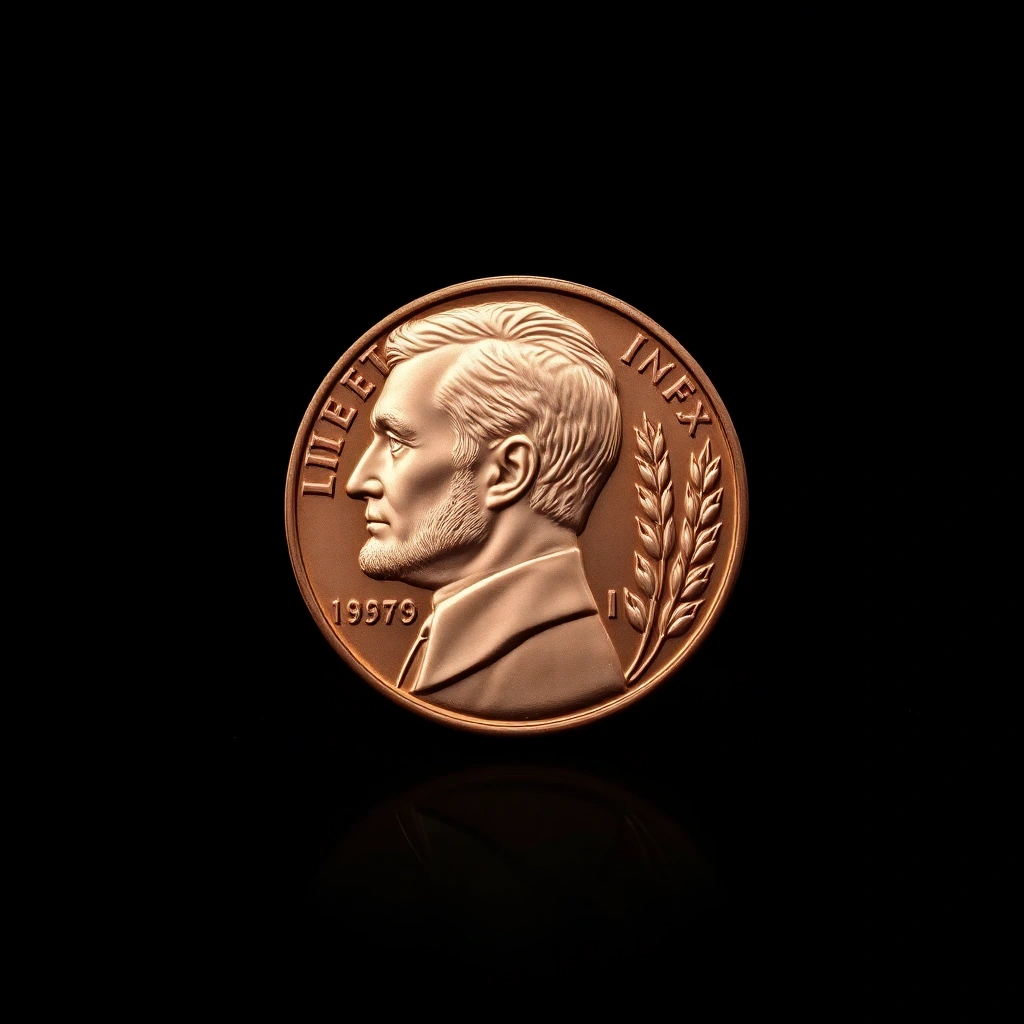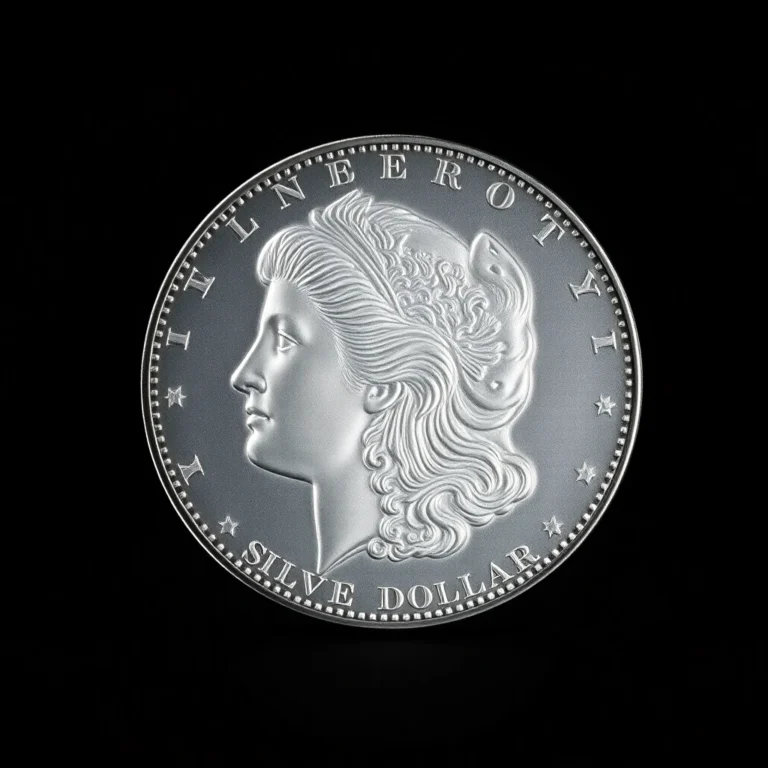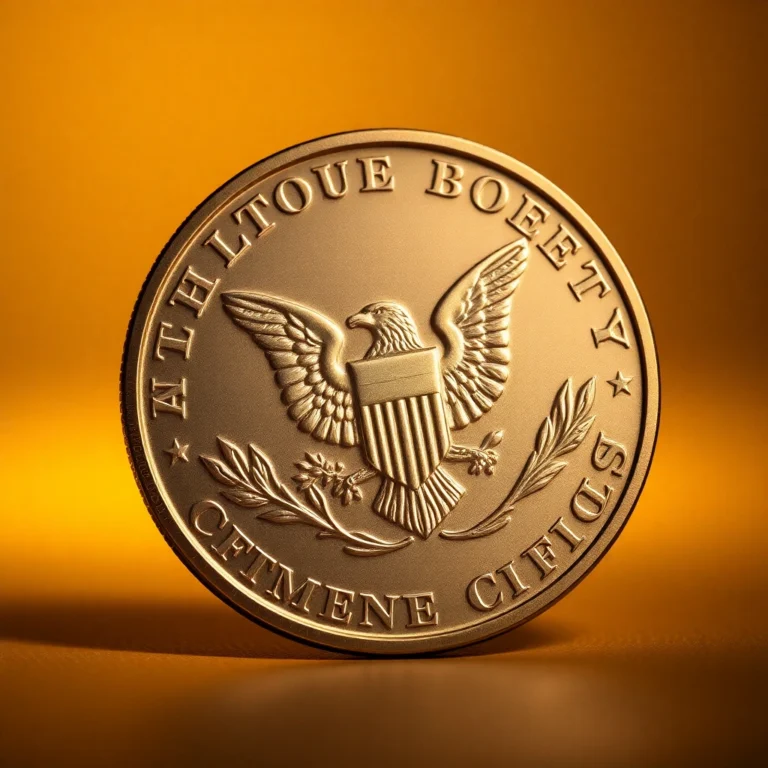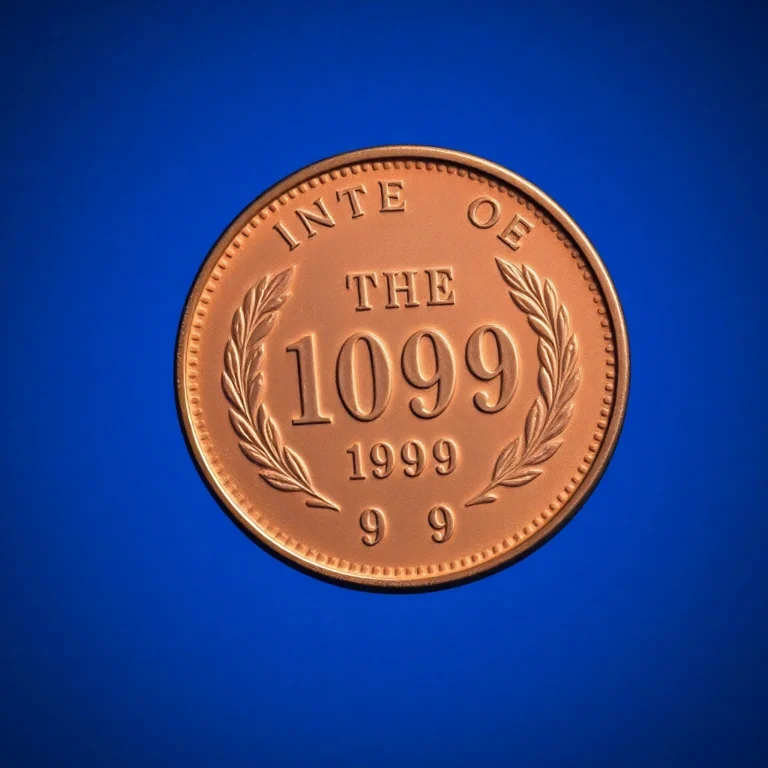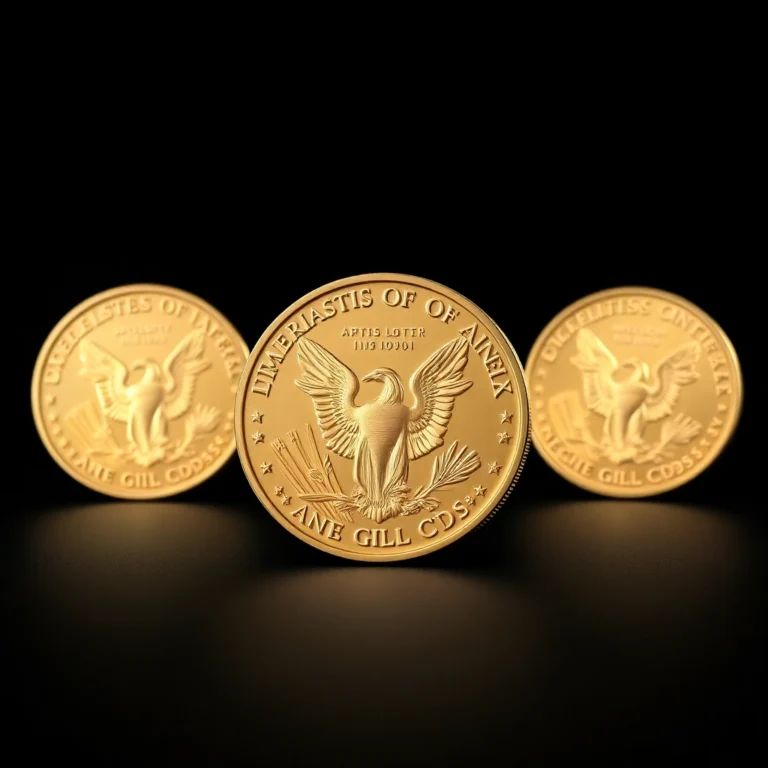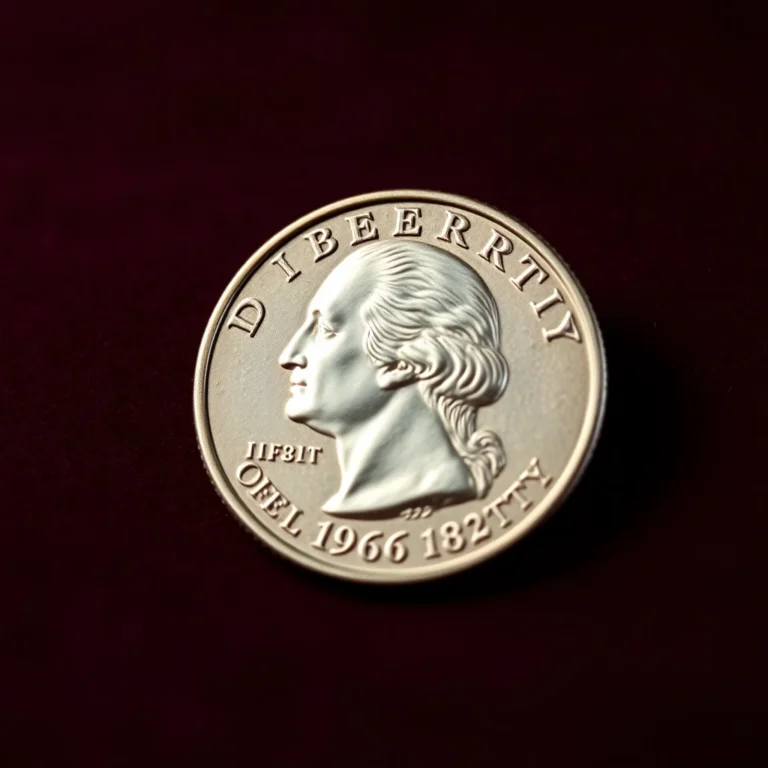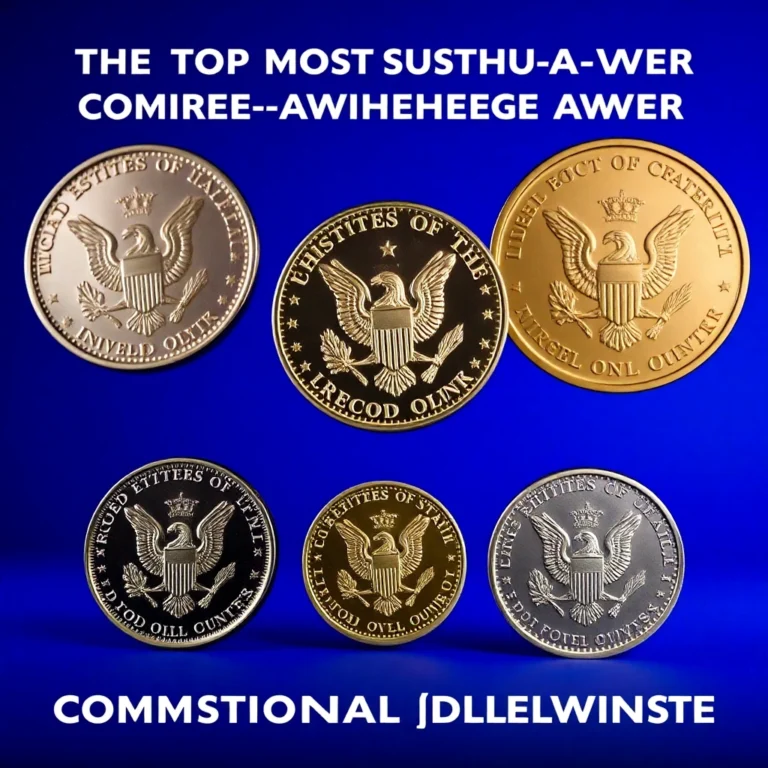Imagine holding a piece of history in the palm of your hand—a coin that has witnessed the passage of time and the evolution of a nation. The Lincoln Wheat Penny, a cornerstone of American numismatics, offers just that experience. First minted in 1909, these pennies are not only prized for their historical significance but also for the stories they tell about America’s past. For collectors, they represent a tangible connection to the early 20th century, a time capsule that captures the essence of its era.
In this article, we’ll delve into the most valuable Lincoln Wheat Pennies that every discerning collector should seek to include in their portfolio. From key dates to rare mint errors, these coins offer a treasure trove of opportunities for both seasoned collectors and newcomers alike. You’ll discover which elusive pennies can turn a modest collection into a showcase of numismatic excellence. Prepare to explore the fascinating intricacies of these iconic coins and uncover the secrets that make them so coveted.
As we journey through these remarkable relics, you’ll find yourself captivated by tales of rarity and value that could transform your collection. Which Lincoln Wheat Penny could be the crown jewel of your collection? Let’s find out.
Historical Background and Significance
The Lincoln Wheat Penny, first minted in 1909, marks a significant milestone in U.S. coinage as it was the first American coin to feature a real person’s likeness, that of President Abraham Lincoln. This design change commemorated the centennial of Lincoln’s birth and was an effort to make coins more relatable to the American public. The Lincoln Wheat Penny, or “Wheatie” as commonly referred to by collectors, was minted until 1958, after which it was replaced by the Lincoln Memorial reverse design.
Physical Characteristics and Design
The Lincoln Wheat Penny features a portrait of Abraham Lincoln on the obverse, designed by Victor David Brenner. The reverse showcases two wheat ears encircling the denomination and the words “ONE CENT,” with “UNITED STATES OF AMERICA” and “E PLURIBUS UNUM” above. The coin is composed of 95% copper and 5% tin and zinc, weighing 3.11 grams with a diameter of 19 mm.
Mintage Figures and Rarity
Over the years, several Lincoln Wheat Penny issues have become particularly rare due to limited mintages and various minting errors. Some of the most sought-after dates include the 1909-S V.D.B., 1914-D, 1922 No D, 1931-S, and 1943 Bronze Cent. These coins have gained legendary status among collectors due to their scarcity and historical intrigue.
Known Varieties and Errors
Lincoln Wheat Pennies are famous for several varieties and errors that increase their value and desirability among collectors. Notable varieties include:
- 1909-S V.D.B.: The rarest of the series, with only 484,000 minted.
- 1922 No D: A Denver mint issue with a missing mintmark due to a die error.
- 1955 Double Die Obverse: Known for its distinct doubling of the date and lettering.
- 1943 Bronze Cent: An error that occurred when copper planchets were mistakenly used instead of steel.
Value Information
The value of Lincoln Wheat Pennies can vary significantly based on rarity, condition, and demand. Below are value ranges for some of the most valuable Lincoln Wheat Pennies:
1909-S V.D.B.
| Grade | Value Range |
|---|---|
| Good (G-4) | $700-$900 |
| Very Good (VG-8) | $950-$1,200 |
| Fine (F-12) | $1,500-$1,800 |
| Very Fine (VF-20) | $2,000-$2,500 |
| Extremely Fine (EF-40) | $3,000-$3,500 |
| About Uncirculated (AU-50) | $5,000-$6,000 |
| Mint State (MS-60) | $7,000-$9,000 |
| Gem Mint State (MS-65) | $25,000-$30,000 |
1914-D
| Grade | Value Range |
|---|---|
| Good (G-4) | $150-$200 |
| Very Good (VG-8) | $220-$300 |
| Fine (F-12) | $350-$500 |
| Very Fine (VF-20) | $600-$750 |
| Extremely Fine (EF-40) | $850-$1,000 |
FAQs
What factors determine the value of Lincoln Wheat Pennies?
The value of Lincoln Wheat Pennies primarily depends on their rarity, condition, and demand. Key factors include mint year, mint mark, and the coin’s grade. Professional grading services assess coins and assign a grade based on their condition, which significantly impacts their market value.
How can I authenticate a valuable Lincoln Wheat Penny?
To authenticate a valuable Lincoln Wheat Penny, examine the coin for correct weight, dimensions, and minting details. Look for sharp details and consistent color. For high-value coins, consider professional authentication services to ensure legitimacy and avoid counterfeits.
What advice would you give to someone new to collecting Lincoln Wheat Pennies?
Start by focusing on common dates to familiarize yourself with the series, then gradually seek rarer coins. Educate yourself on grading and values, and connect with reputable dealers or collectors. It’s also wise to invest in protective storage to maintain coin condition.
Why are Lincoln Wheat Pennies historically significant?
Lincoln Wheat Pennies, minted from 1909 to 1958, are significant as they commemorate the centennial of Abraham Lincoln’s birth. They were the first U.S. coins to feature a real person’s likeness, marking a shift in American coinage design.
What are some common varieties or errors in Lincoln Wheat Pennies that collectors should know about?
Collectors should look for varieties like the 1909-S VDB and the 1914-D, both known for their rarity. Error coins, such as the 1955 Doubled Die and the 1944 Steel Cent, are also highly sought after due to their unique minting mistakes.
